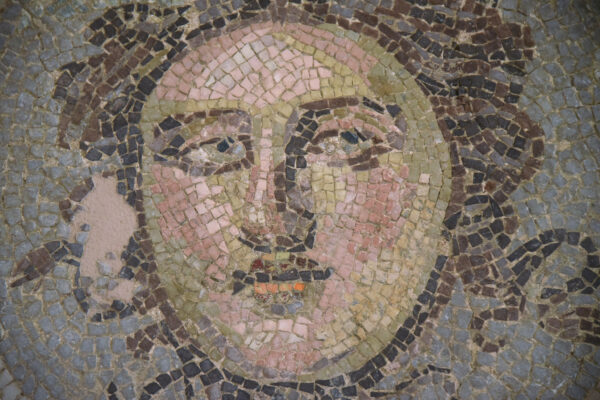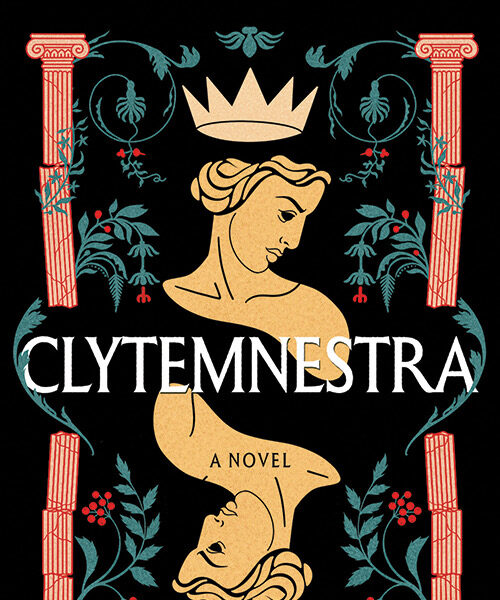
Over the last decade or so, novels that expand on stories and characters from Classical Mythology have become a hit genre. The Song of Achilles and Circe by Madeline Miller are probably the most famous example for adults (i.e. setting aside Percy Jackson), but there are approximately 1,000,000 of these novels set in the mythical past. Since these are often students’ gate way into Classical Studies, I (Dr. Thill) try to keep abreast of the genre’s offerings, to see what my students might be bringing to the table. And that is how I ended up reading Clytemnestra by Costanza Cosati, because I saw it in an airport and it was available through my library (I’m a poor professor, I don’t get paid airport-bookstore money).
As is now tradition, below I try to anticipate and answer questions that you might have after reading Clytemnestra. Or I just ask questions that I had after reading the book. Spoilers for both myth and book! Also normally in these sort of posts I’m reviewing a visual medium like a movie or TV show, so I include pictures of that. Since this is a book without its own illustrations, I’ve fallen back on Sir John William Waterhouse, a pre-Raphaelite painter who produced a lot of unintentionally hilarious pictures of various mythological women, 99% of which just involve them holding an object and staring off into the middle distance.
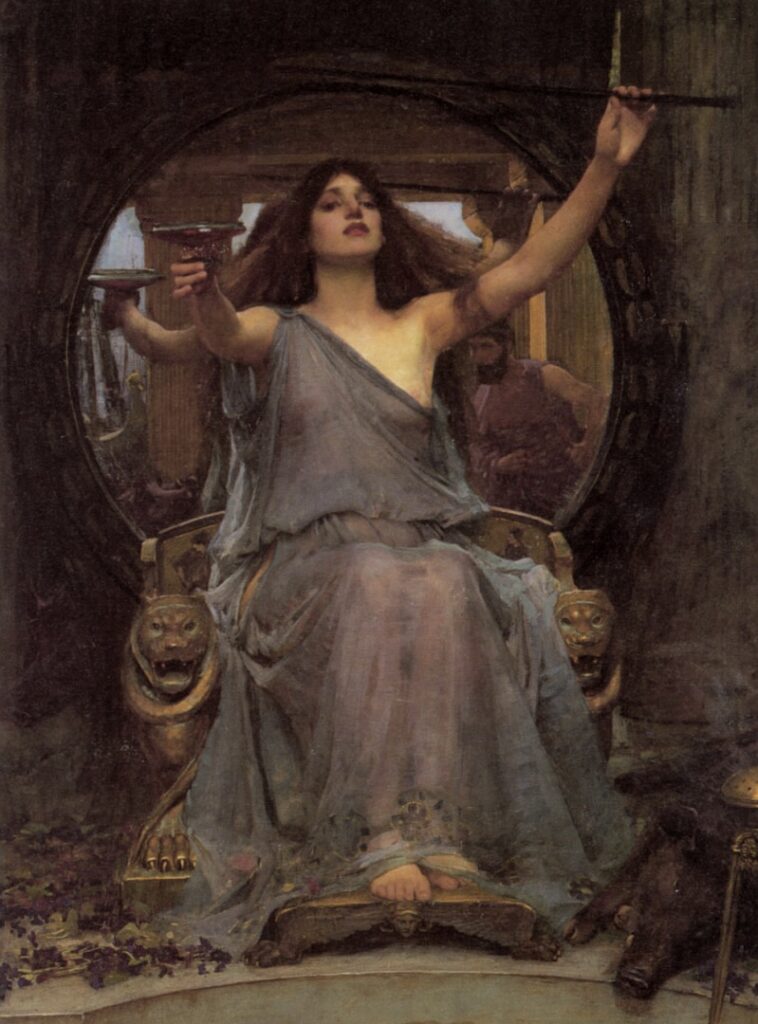
And you thought Brooklyn hipsters invented overwrought mixology.
Q: Just to set the stage: are modern retellings of Classical Mythology ever a good idea?
Absolutely! I am actually a huge fan. In fact, O Brother Where Art Thou is one of my favorite movies. Re-contextualizing classical stories is a fantastic way to think about old material in new ways. I do judge the modern retellings by their own literary and artistic merits, though.

”What was I going to talk to him about when he got home from Troy…oh right, his murdering our daughter.”
Q: That sounds ominous. Anyhoo, who is the mythological character of Clytemnestra?
Clytemnestra is a whole soap opera unto herself. In most tellings, she is the child of Zeus and Leda. For those not familiar with that story, Zeus “visited” Leda in the form of a swan (ick “quotes” for the traditional modern euphemism for that plot point). By Ancient Greek logic, this resulted in Leda giving birth to two eggs, each of which held two children. One egg was magic and immortal: that one held Helen of eventually-Troy, as well as a brother whom I don’t care about. The other egg was just…um, normal for such an egg? Anyway, it held Clytemnestra and another brother I don’t care about (who nevertheless also ended up immortal, because even in Ancient Greece, bros fail up). Eventually Clytemnestra marries Agamemnon and becomes the Queen of Mycenae. Fast forward again, and Agamemnon decides to go to Troy to retrieve Helen. In the planning stages of this expedition, one thing leads to another, and Agamemnon ends up sacrificing his own daughter, Iphigenia, to get favorable sailing winds, which is somewhat like sacrificing her so he can get in the HOV lane in Los Angeles traffic. He is very surprised when Clytemnestra gets mad about this, and even more surprised when he returns from war 10 years later and she gets stabby about this.
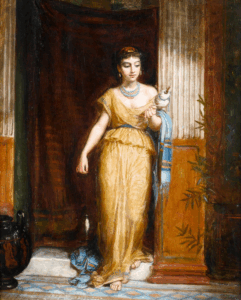
”What the Philoctetes am I supposed to do with this thing?”
Q: So is that what this book is about?
Somehow, no? Clytemnestra the Book basically follows the beats of a Mel Gibson movie from the 2000s. Main character is super happy with spouse and offspring, spouse and offspring are killed, main character uses super warrior ninja skills to launch secret murder campaign of revenge that eventually culminates in the open slaughter of main villain. Throw in some gratuitous sexual violence against women as an additional motivating factor, and you’re good to go. Even then, you’d think that Iphigenia would be the fridged kid in Clytemnestra’s scenario, but you’d be wrong. In this book she has an entire other family before that, but Agamemnon has her husband and child killed.

Best. Prom. Picture. Ever.
Q: Wait, what? When? Why?
After a surprisingly long time spent in her weird but happy childhood, the book has Clytemnestra get married to some sort of eastern prince, who has all the personality and realism of a Canadian Boyfriend. Then Agamemnon arrives, and he decides he wants to marry her, because he is pure evil, and owning a woman who is “not like the other girls” and “just not that in to him” is tops on his glowering villain checklist. So Canadian Boyfriend Prince has got to go.
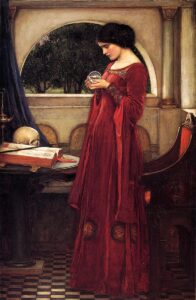
”Help me, Oedipus Kenobi. You’re my only hope.”
Q: I’m so confused. Doesn’t your Mel Gibson analogy imply that Clytemnestra goes on a secret killing spree like a murderous ninja? That can’t be right.
And yet, here we are. The author of Clytemnestra the Book is very excited about the fact that Helen and Clytemnestra are from Sparta. I presume this is because she’s seen the movie 300, and evidentially it made a big impression, given that she has Helen and Clytemnestra training as children to fight as full-on, badass, Batman-level warriors (see earlier remark about weird childhood). Ancient sources do tell us that Spartans had a tradition of encouraging their women to exercise to maintain basic fitness, but it’s a bit of a leap to arrive at a goal of lean, mean, sword-twirling machine. Thankfully for the book, Clytemnestra and Helen both possess a certain set of skills to athletically make that leap, so Clytemnestra occasionally sneaks through the city, murdering or beating up various side characters. Helen pouts instead, because contrast is good writing.
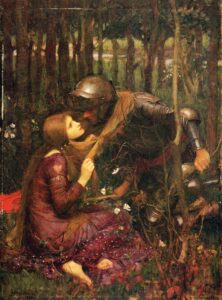
When Rapunzel gets aggressive.
Q: If Clytemnestra can just kill people, and she was forced to marry Agamemnon, why does she wait over 20 years and an additional slaughtered child to kill him?
Your guess is as good as mine. Setting aside, of course, that she has to wait, because that’s one of the main beats of the myth. But from the characters’ perspectives, internal to the story, no idea.
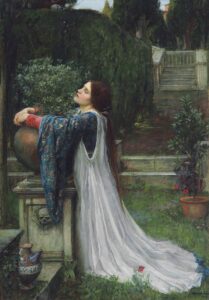
She had to keep assuring herself that the shot would look fine once they replaced the plant with a CGI Zeus in post.
Q: So if the point isn’t to stick to the story of Clytemnestra and use it as a thematic lens, what is the point of using Greek myth? Does it make the book a fun read?
No. There is nothing fun about this book. The theme of the book is that toxic masculinity, cartoonishly dialed up to 11, is bad. Specifically, it’s bad for women. But if women adopt elements of the toxic masculinity they decry, like killing people, then apparently it’s good for women. Maybe? The book ends rather abruptly after Agamemnon’s murder, so it doesn’t follow up on how Clytemnestra’s adoption of the masculine realm of violence plays out for her in the eventual matricidal revenge of her son Orestes. There might be a sequel planned, but I hope not.
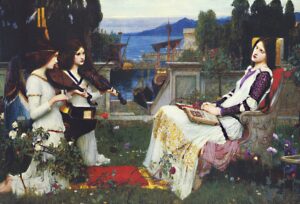
Dr. Thill learns there will in fact be a sequel she has to read.
Q: Are there prophecies? There better be prophecies.
Sigh, yes, there is a prophecy. I don’t remember what the prophecy of this book is, since it makes no difference whatsoever to anything at all. I was honestly confused when it came up again at one point, because I had completely forgotten the prophecy had even been prophesied. Why does every story have to have a prophecy? Is it a law now? Is everyone else in the world walking around, having their future obliquely referenced, and for some reason I’m the only one left out?


